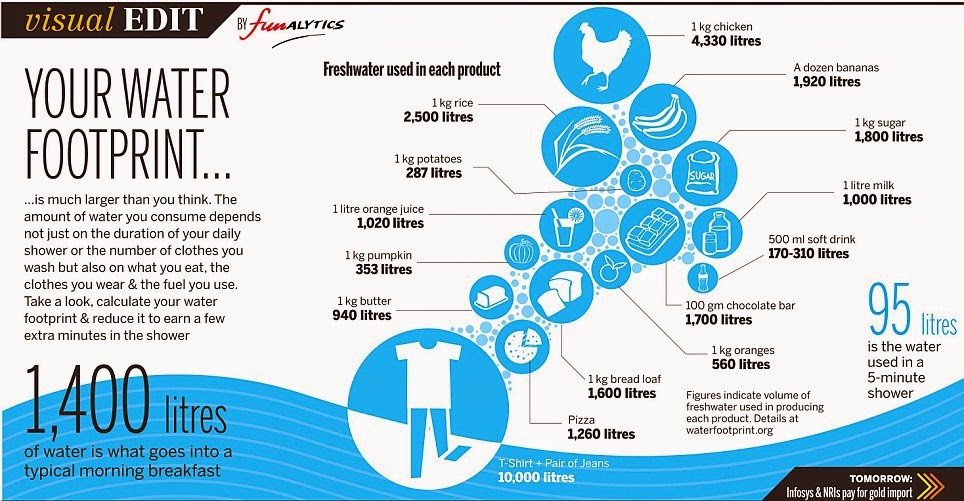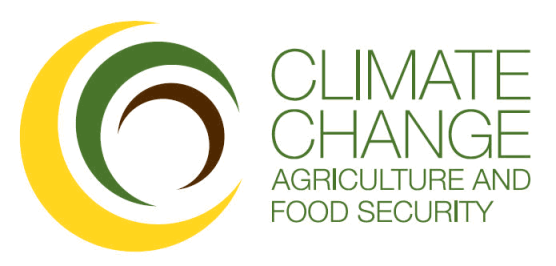Why Water Footprints?

My first week at AB-Inbev was spent doing a broad review of the literature surrounding Water Footprint Analysis (WFA). My supervisor wished for me to have a basic understanding of the process, it’s components, and relevance to the beverage industry before I was given objectives and deliverables for my research.
As I said in my previous post, a water footprint is an inventory of all water inputs and outputs for a given business, industry or sector. In the beverage industry this is most commonly simplified and expressed in the form of litres of water per litres of product. Conducting a water footprints on smaller scales (as opposed to say, one for the entirety of the beer industry) allows for differences in water use to be observed between growing different geographic regions. A great example of this was published in this article back in 2009 from a joint study between (the now defunct) SABMiller and the World Wildlife Fund (WWF). The study found that water use varied highly in context to water availability and climate from region to region. In the Czech republic the water requirement was a 45 to 1 ratio of water to end product. In South Africa, where barley was grown and sourced from much more arid regions, the ratio was a whopping 155 to 1 litres of water to litres of beer. It is this distinction that makes water footprints that are conducted on varying scales particularly valuable- a valid way to observe differences in resource use.
Believe it or not, the actual calculation of the water footprint itself is the “easy” part. There are databases both public and private in which terabytes of data exist on the characteristics of different crops resource use given varying climatic conditions. The more difficult aspect, and the one that I hope to tackle with my work here, is to take the end-data and evaluate it in context. What are the risks exposed by the water footprint analysis? What geographic areas are at risk, from cultural, social, economic and environmental perspectives? This is the missing link- taking the numbers and turning them into actionable solutions to environmental problems.
Keep an eye out later this week for more information on water footprints. I’ll be compiling and writing my literature review over the coming week or two and I’d like to break down the process a little further for those who are interested.
As for my next objective, I will be using internal data alongside data from the Water Footprint Network to calculate footprints for key crops in the brewing industry.
Until next time, ciao and cheers.
Oh, and if you want to see what brews I’ve been enjoying lately you can click here.
